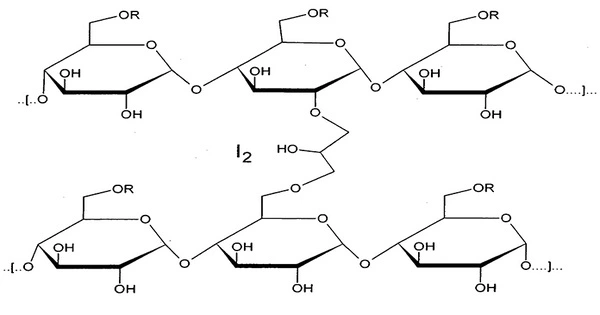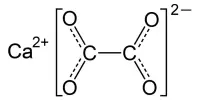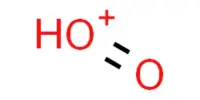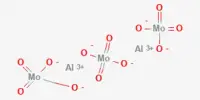Cadexomer iodine is an iodophor formed by the reaction of dextrin and epichlorhydrin, both of which are coupled with ion-exchange groups and iodine. It is a water-soluble modified starch polymer with a helical matrix that contains 0.9% iodine by weight.
The cadexomer matrix is a chemically modified starch with a helical polysaccharide backbone that has been modified with carboxymethyl groups. This network is formed into hollow microspheres with multiple holes in their outer shell measuring 0.1-0.3 mm in diameter. At 0.9% concentration, iodine is physically trapped within the bead’s center.
Cadexomer Iodine is a hydrophilic, modified starch polymer with 0.9% iodine within the helical structure that is used to treat decubitus and venous leg ulcers. When applied to a wound surface as a powder, it is said to speed up healing, stimulate granulation, clean the ulcer surface, relieve pain, and lower bacterial counts.
Properties
Iodosorb, when used as a topical wound dressing, absorbs exudate and particulate matter from the surface of granulating wounds and releases iodine as the dressing becomes moist. As a result, the product has the dual effect of cleansing the wound while also acting as a bactericide. The bactericidal mechanism of cadexomer iodine is effective against methicillin-resistant Staphylococcus aureus (MRSA) and may prevent MRSA proliferation in the wound bed. This is especially significant because bacteria populations have shown no sign of developing a resistance to iodine since it was first used for wound treatment in the middle of the 19th century.
History
Cadexomer iodine was developed in the early 1980s in Sweden by Perstorp AB and marketed under the brand name Iodosorb. The product has been shown to be effective in the treatment of venous ulcers. Iodosorb, unlike iodophor povidone-iodine, has recently been shown in animal and human studies to accelerate healing in chronic human wounds. This is due to an increase in epidermal regeneration and epithelialization in both partial-thickness and full-thickness wounds. In this way, cadexomer iodine acts as a cicatrizant.
Uses
In addition to other manufacturers, Smith & Nephew distributes cadexomer iodine as Iodosorb and Iodoflex in many countries around the world for the treatment and healing of various types of wounds. The dosage forms are a paste dressing, an ointment, and a gel, all of which contain 0.9% iodine. It is available in India under brand name Cadomer and is sold by JB Chemicals.















